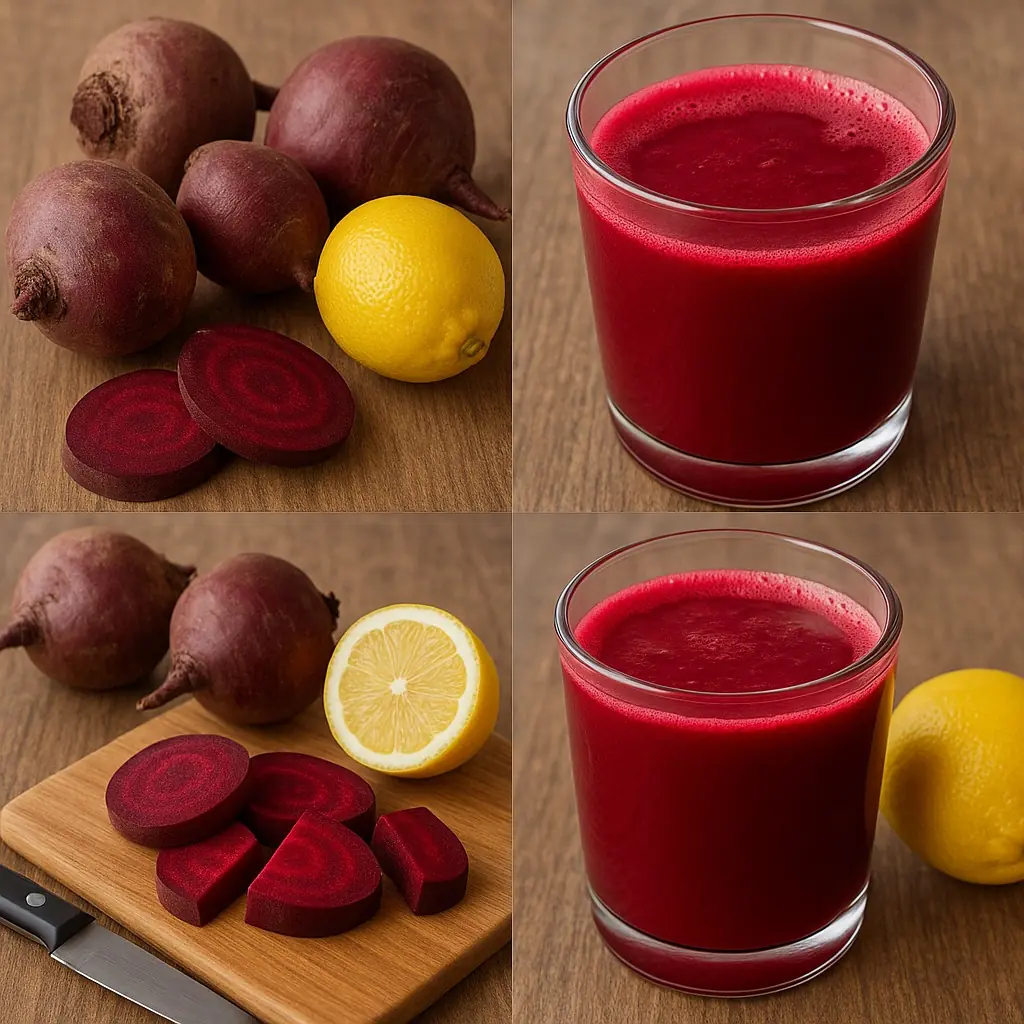
Discover the Power of Rosemary: The Natural Morphine in Your Home

Nature offers us a variety of plants with surprising and healing properties. One of the most valuable treasures often overlooked is rosemary. This aromatic shrub is not only a popular culinary ingredient but is also considered one of the most powerful medicinal plants that people ignore. In this article, we’ll explore the properties of rosemary, its use as a natural remedy, and how you can incorporate it into your daily life to enhance your well-being.
What Is Rosemary?
Rosemary, scientifically known as Rosmarinus officinalis, is a perennial herbaceous plant that belongs to the Lamiaceae family. Native to the Mediterranean region, this shrub is characterized by its dark, needle-like leaves and intense fragrance. In addition to its culinary use, rosemary has been valued since ancient times for its various medicinal applications.
Medicinal Properties of Rosemary
Rosemary is often referred to as "natural morphine" due to its potent analgesic and anti-inflammatory properties. This plant is especially effective in relieving muscle, joint, and rheumatic pain. Its ability to improve blood circulation also makes it useful in treating conditions like arthritis and gout.
Besides pain relief, rosemary contains antioxidants that help fight oxidative stress in the body. Its consumption may enhance memory and concentration, making it an ideal ally for students and professionals seeking cognitive performance boosts.
Uses of Rosemary in Home Remedies
Rosemary's versatility makes it an essential ingredient in many home remedies. Here are a few ways you can use rosemary to reap its benefits:
1. Rosemary Tea
One of the simplest ways to use rosemary is by making an infusion. Boil water and add a tablespoon of dried rosemary leaves. Let it steep for 10 minutes, strain, and sweeten to taste. This tea can help relieve headaches and improve digestion.
2. Rosemary Oil
Rosemary essential oil has pain-relieving and anti-inflammatory properties that are excellent for massages. Mix a few drops of rosemary essential oil with a carrier oil like olive or coconut oil and apply it to affected areas. This helps reduce muscle stiffness and pain.
3. Rosemary Bath
For general relief, you can prepare a rosemary bath. Add a handful of rosemary leaves to your warm bathwater. The aroma will relax your muscles, cleanse your skin, and uplift your mood.
4. Rosemary Compress
To treat localized joint or muscle pain, you can use rosemary compresses. Boil a handful of rosemary leaves in hot water, soak a clean cloth in the solution, wring it out, and apply it to the affected area. The combination of heat and rosemary’s healing properties will help reduce inflammation and discomfort.
Precautions When Using Rosemary
Although rosemary is generally safe for consumption and topical use, caution is advised. Some individuals may experience allergic reactions, especially when using the essential oil. Always perform a patch test before applying the oil to your skin. Pregnant or breastfeeding women and those with epilepsy should consult a healthcare professional before using rosemary for therapeutic purposes.
Conclusion
Rosemary is more than just an aromatic herb; it’s a powerful medicinal plant that can help manage pain and improve overall health. Whether through teas, oils, baths, or compresses, rosemary can be easily incorporated into your daily routine. Don’t let its healing potential go unnoticed—start enjoying its benefits and naturally transform your well-being.
News in the same category


Banana Peel & Cornstarch – 100-Year-Old Anti-Wrinkle Treatment! 🍌✨

Cleanses Liver and Lungs – Grandma’s Ginger Recipe! 🫁🌿

Bledo Blanco: The Backyard Superfood That Boosts Your Brain Power

Onion Peels: Transform Gray Hair Naturally with Stunning, Long-Lasting Color

Sip Serenity: How Mango Leaf and Clove Tea Nurtures Senior Wellness 🌿☕

Unleash Your Vitality: 12 Astonishing Benefits of Beetroot Juice

Hair Thinning? How to Use Nutrition and Scalp Care in the Most Natural and Effective Way to Support Hair Growth

Unleash Your Inner Strength: Natural Ways to Boost Testosterone & Vitality After 50

Unleash Your Inner Fire: The Coconut Water, Garlic, and Ginger Tonic That’ll Ignite Your Nights

Euphorbia Hirta: Unlock 30 Hidden Health Secrets with This Ancient Herb!

Discover the Secret to Radiant Health: A Gentle Daily Detox with Tangerine, Walnuts, and Ginger

Sessile Joyweed: Nature’s Secret Weapon for Boosting Your Heart Health

Morning Carrot and Orange Smoothie: Energy and Health in a Glass

5 Natural Drinks That Benefit Your Kidneys

The Incredible Benefits of Celery: Why Is It So Popular?

How to Make Soursop Bloom at Home: Benefits and Care Tips

The Surprising Health Benefits of Avocado
News Post

Sharp Chest Pain: Causes and Natural Remedies

Rejuvenate Your Heart with this Nourishing Juice!

My Grandma Couldn’t Take the Tiredness or the Pain Anymore Until She Tried This – Carrot and Banana 🍌🥕✨

DRINK THIS JUICE if you have blurry vision, cataracts, or memory problems

MIRACLE DRINK

On the 14th Day, the Gray Hair Was Completely Gone! ✨

Banana Peel & Cornstarch – 100-Year-Old Anti-Wrinkle Treatment! 🍌✨

Cleanses Liver and Lungs – Grandma’s Ginger Recipe! 🫁🌿

Your Pillowcase Could Be Dirtier Than a Toilet Seat: Here's Why It Matters

The Chocolate You Pick Reveals What Kind Of Woman You Are

Discover Grandma’s Sleep Tea: Helps You Fall Asleep in Just 5 Minutes

Why Do Some Men Keep Their Pinky Fingernail Long? The Hidden Meaning Behind a Tiny Tradition

Bledo Blanco: The Backyard Superfood That Boosts Your Brain Power

Green Beans with Pine Nuts

Onion Peels: Transform Gray Hair Naturally with Stunning, Long-Lasting Color

Sip Serenity: How Mango Leaf and Clove Tea Nurtures Senior Wellness 🌿☕

Discover the Power of Rosemary: “Natural Morphine” in Your Own Home

12 Subtle Foot Signs That Could Signal Liver Trouble: Don’t Ignore These Clues
